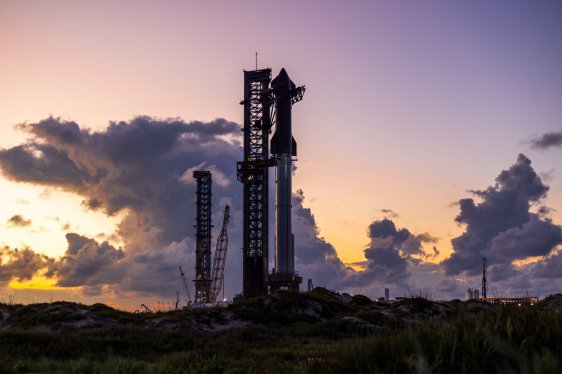A Major Milestone for SpaceX’s Starship Program
SpaceX is set to take a significant leap forward in its ambitious Starship test flight program, with the next launch expected to showcase payload deployment for the first time. This achievement marks a crucial milestone for the company, as it brings the operation of Starship one step closer to reality.
Payload Deployment: A Key Aspect of Starship’s Capabilities
The payload in question will be 10 "simulators" that mimic the size and weight of the next-gen Starlink satellites. These model spacecraft will travel alongside the upper stage, also known as Starship, and splash down in the Indian Ocean. This test is crucial in validating the performance of Starship’s payload deployment system.
The Operational Version: A Major Breakthrough
The operational version of these satellites, called V3, will likely be the first real payloads Starship flies. The introduction of V3 satellites marks a significant improvement over the current V2 Mini spacecraft. With Starship’s incredible payload capacity, SpaceX plans to deploy 60 V3 satellites per launch, which will significantly boost the capacity of the Starlink network.
Reducing Costs and Increasing Capacity
By using Starship for satellite deployment, SpaceX aims to reduce costs per satellite launched. The next-gen V3 satellites are expected to be much heavier than their predecessors, making it challenging for Falcon 9 rockets to carry them into orbit. However, Starship’s remarkable payload capacity will enable the launch of multiple V3 satellites in a single mission.
Capacity Comparison: V2 Mini vs. V3 Satellites
To put this into perspective, each V3 satellite offers more than 10 times the downlink and 24 times the uplink capacity compared to V2 Mini spacecraft. This means that with Starship, SpaceX can deploy satellites with significantly enhanced capabilities, revolutionizing space-based communication.
Starlink Constellation: A Game-Changer in Space-Based Communication
The Starlink constellation is a crucial aspect of SpaceX’s plans to provide global internet connectivity. With the introduction of V3 satellites and the deployment of multiple satellites per launch, Starlink will become an even more significant player in the space-based communication market.
Upgrades to the Rocket: Improving Reliability and Performance
In preparation for the seventh test launch, which is expected to take place later this month, SpaceX has introduced a range of upgrades to the rocket. These include improvements to the propulsion system, avionics, and heat shield, which will boost reliability and performance.
Catching the Super Heavy Booster: A Feat Accomplished
During this test, SpaceX will also attempt to "catch" the Super Heavy booster, a feat that the company accomplished for the first time during the fifth test in October. This achievement demonstrates the significant progress made by SpaceX in developing its Starship program.
Conclusion
SpaceX’s next-gen Starship test flight program is making rapid strides toward achieving its goals. The deployment of payload simulators and the introduction of V3 satellites mark a major breakthrough for the company. With its incredible payload capacity and upgraded rocket systems, Starship is poised to revolutionize space-based communication and reduce costs per satellite launched.
Related Articles

